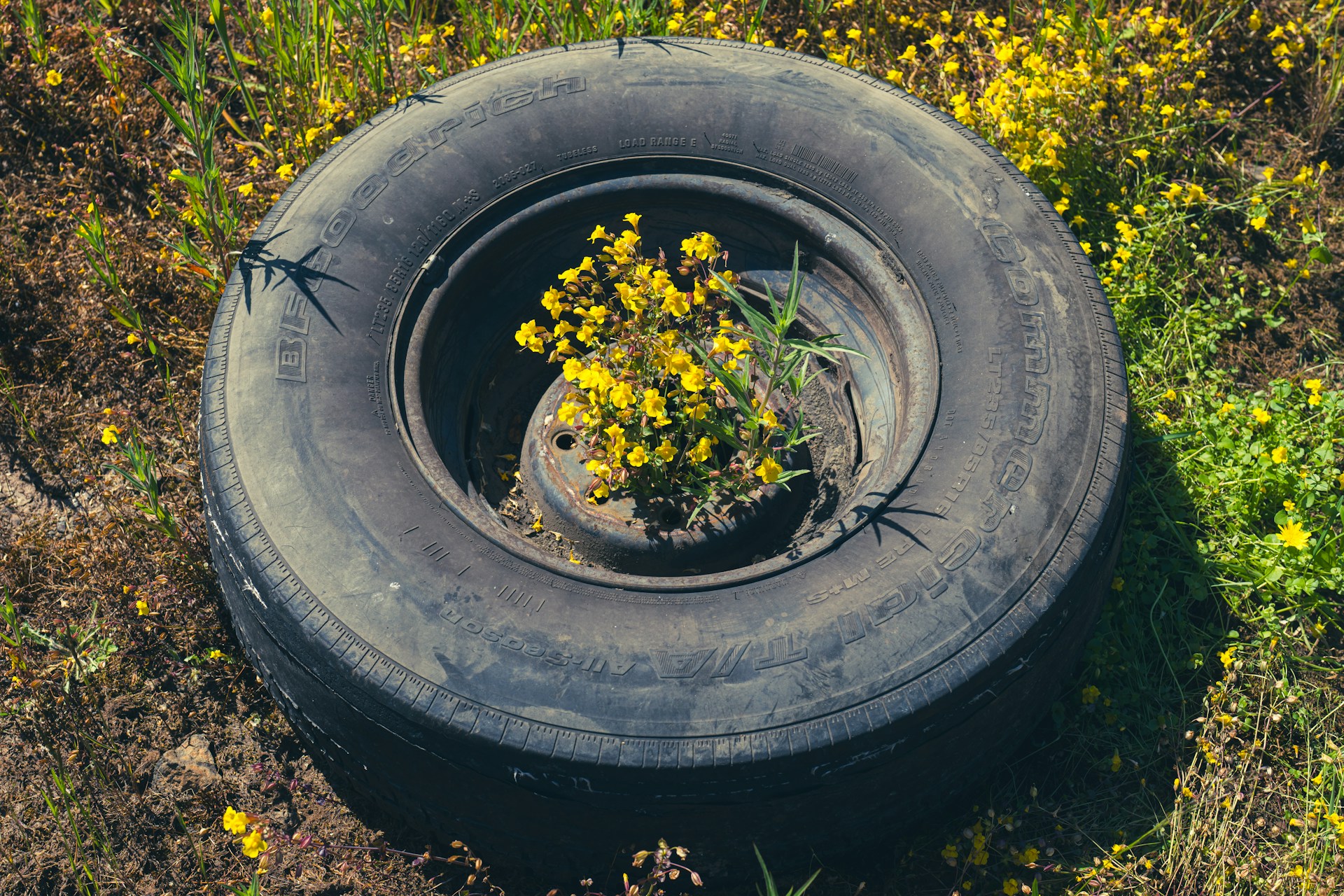Circular Economy Holds the Answer
Securing a sustainable future for next generations requires a shift from our dependence on fossil fuels. These finite resources not only harm our planet through their extraction and use but also threaten the long-term sustainability of our energy systems.
Fossil fuel extraction leaves a profound and immediate mark on our environment. Surface mining, particularly the extraction of coal, drastically reshapes the landscape, while mining effluents, oil spills, and the controversial practice of hydraulic fracturing contaminate our water sources. Methane, a potent greenhouse gas, is released during oil and gas production, exacerbating the climate crisis. The delicate balance of marine ecosystems is severely disrupted by oil spills and offshore drilling activities, leading to the destruction of vital habitats like coral reefs and mangroves, with long-lasting consequences.
Fossil fuels (coal, oil, gas) are the primary cause of climate change, driving over 75% of greenhouse gas emissions. These emissions trap heat, causing rapid global warming and disrupting the Earth’s natural balance, posing serious risks to all life.
The circular economy offers a compelling alternative to our current linear take-make-dispose model. It emphasizes sharing, leasing, reusing, repairing, refurbishing, and recycling existing materials and products to maximize their lifespan. This approach is crucial for achieving the Sustainable Development Goals (SDGs). By promoting regenerative and bio-based production, extending product lifespans, ensuring equitable access to resources, and implementing clean end-of-life management, the circular economy can drive economic growth, environmental sustainability, and social inclusivity.
Transitioning to a Circular Economy
Countries are actively exploring diverse pathways towards a circular economy. A significant focus for many nations lie in heavily investing in renewable energy sources such as solar, wind, and hydropower. The International Renewable Energy Agency (IRENA) projects that a substantial 80% of energy system investments between now and 2050 will be directed towards “renewables, energy efficiency, end-use electrification, and power grids and flexibility.”
Carbon pricing mechanisms are being adopted by a growing number of jurisdictions, with approximately 40 countries and over 20 cities, states, and provinces currently implementing them. These mechanisms aim to reduce emissions and incentivize investments in cleaner alternatives. Collectively, the existing carbon pricing schemes cover roughly half of their respective emissions, which translates to approximately 13% of global annual greenhouse gas emissions.
Coal will also need to be phased out. Coal, the most polluting fossil fuel, accounted for 36% of global electricity generation in 2022. To limit global warming to 1.5 degrees Celsius, this figure must drastically decline to 4% by 2030 and reach zero by 2040. Several countries have demonstrated significant progress in reducing coal power generation at a faster pace than the global trajectory demands. Leading the way are Greece and the UK, followed by Denmark, Spain, Portugal, Israel, Romania, Germany, the United States, and Chile.
Research and development efforts are actively advancing circular economy initiatives, with a particular focus on carbon capture, utilization, and storage (CCUS) technologies. Currently, approximately 45 commercial facilities worldwide are operational, employing CCUS in industrial processes, fuel transformation, and power generation. Significant investments are being made in CCUS, with the United States and Europe allocating billions in funding for related projects. Furthermore, countries like Germany and Japan are making considerable strides in enacting legislation to support the development and deployment of CCUS technologies.
Opportunities Unlocked
The circular economy offers a US$4.5 trillion opportunity by reducing waste, driving innovation, and creating jobs. For example, a circular plastics economy can save the fishing and tourism industries billions annually. This transition could create 6 million jobs by 2030.
However, this transition necessitates careful consideration of trade-offs. While shifting towards bio-based plastics and natural, recyclable materials like cotton can reduce fossil fuel dependence compared to conventional alternatives, it may increase the demand for land and water resources. To ensure sustainability, it’s crucial to prioritize responsible sourcing and production of these materials, alongside a fundamental shift in consumer behavior.
Furthermore, the interconnectedness of the global economy underscores the need for a systemic approach. For instance, many critical minerals and metals used in electronics are byproducts of mining activities for aluminum, copper, lead, and zinc, which serve various industries. Therefore, a solely circular electronics industry may not significantly diminish reliance on these resources. A truly transformative shift requires a concerted effort across multiple sectors.
Ultimately, achieving a circular economy demands collaboration across all stakeholders. Governments, businesses, civil society organizations, financial institutions, and research institutions must work together to drive this crucial transition.
Photo Caption: The circular economy offers a compelling alternative to our current linear take-make-dispose model.



